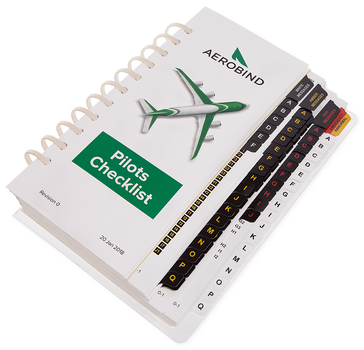I realize that all the 4wd and AWD cars & SUVs I've driven have 'managed' systems that either group the basic functions together as you select a 'mode', or use all kinds of wizardry (including differential braking) to give maximum traction. The higher-end Jeep Grand Cherokee modes are witchcraft.
Given the functionality of the and direct control of the IG, would the 'heirarchy' of implementation be:
In order of implementation:
Auto Gear Selection, transfer case High
+Center diff lock
+Rear Diff lock
+Front Diff lock
Switch to low transfer case (assume front and rear already locked)
Switch to center lock diff
+/- manual gear selection at what point?
With gear box in low, when/why would you have the diffs unlocked? A steep incline with good traction?
I am definately going to have to have a laminated card zip tied to something in the cabin on what speeds and modes are needed to enable/disable/change modes. If not for my own memory, but if someone else is driving it and doesn't remember the brief I gave them 18 months ago......
Did I hear the guy say that you have to be in low range to lock the rear differential? And I'm quite sure he said that you have to lock the rear before you can lock the front. If I heard him right (about low range to lock the diffs), you would need to adjust the order of things in your list. Sorry - I should re-watch the video, but I don't have time right now.
There are a lot of reasons to run in low range without your rear or front differentials locked. Locking the rear diff locks the speed at which the two rear tires turn. Locking the front diff does the same for the two front tires. If the two front tires are locked together, it is difficult to make turns (turns require the outer tire in the turn to rotate more than the inner tire, so the diff needs to be "open"). So you will rarely lock the front diff - unless you are going relatively straight, and you are not on a side slope. Being on a side slope with the front diff locked is dangerous, and could result in loss of traction and slipping sideways down the slope (or rolling the vehicle), because when you are on a side slope, your two front tires actually need to be able to turn at different rates.
Locking your rear diff does not affect steering any where near as much as locking your front diff, but it still should only be used when you are quite sure you need maximum traction, and you do not need to turn the vehicle much. Tight turns with the rear diff locked will result in wheel hop, and you better be on a low-traction surface, or you could cause wear or even damage to the gears.
You want to use low range for (1) steep climbs - both up (more torque) and down (more engine braking), (2) on technical rocky terrain for added control, (3) for water crossings, and really any other time you need more torque. I use low range a lot in my 3rd Gen Tacoma on steep dirt roads because the engine has such poor low-end torque that otherwise I am revving it out in first gear, but I get bogged down if I shift into second gear. So I'm in low range even though its not technical driving - its just too steep for my truck (I also live at high elevation, and my truck is naturally aspirated). In many of the circumstances I listed, you can make good forward progress without spinning one of your tires. If this is the case - no need to lock your diffs. If you start getting a tire in the air on hard technical terrain, that is a sure sign that you should have your diffs locked. The same is true if the climb gets so steep that you start to lose traction, and one of your tires cuts loose for a few spins, then the other, etc.
So you need to
look ahead as much as possible, and anticipate conditions. Lock the rear diff (or both diffs) before you run out of traction, or before you lift a tire. Make sure you
unlock the diffs before you get into a situation where having wheels locked together could be dangerous for you (side slopes, hairpin turns).
Summary: most real off-road driving will be done in low range with your center differential locked, but both the front and rear diffs open. When things get really steep or technical you will lock your rear diff. Things have to get
really steep and technical to lock the front diff, and be sure that when you do you will not face terrain that requires an open front diff (side slopes, turns).
Hope that helps!




